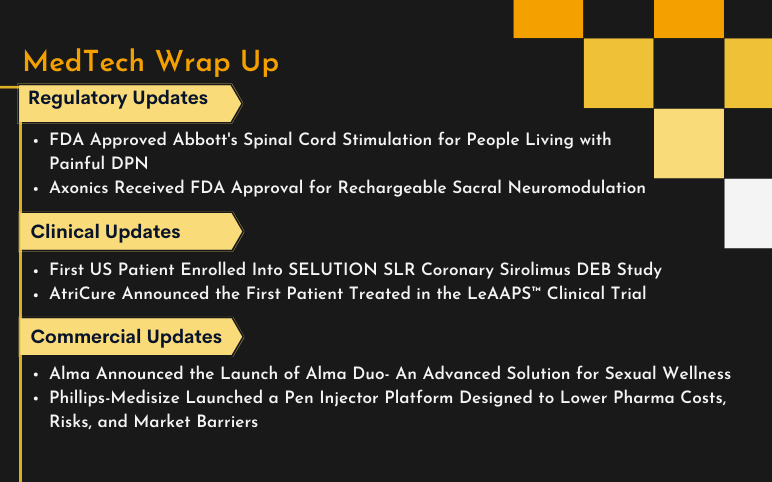One such complication that arises due to Diabetes is Neuropathy. Neuropathies, a condition in which one or more nerves become damaged or dysfunctional, affect almost 50% of the Diabetic population. If the nerve getting damaged is peripheral that makes up the intricate network between the brain and spinal cord to other parts of the body, it is referred to as Diabetic Peripheral Neuropathy (DPN). DPN is one the most common complication, a leading cause of diabetic foot disorders and lower limb amputations, in both Type I and Type II diabetes and occurs in more than half of the affected individuals.
As per DelveInsight, total Diabetic Peripheral Neuropathy diagnosed prevalent cases are expected to reach 25,860,249 in the 7MM by 2020 from 25,332,829 in 2017. The US is expected to account for the maximum total Painful Diabetic Peripheral Neuropathy Prevalent Cases. Moreover, a higher female disposition is observed in Diabetic Peripheral Neuropathy.
The rising DPN prevalence, especially among the elderly, can be attributed to ignorance of patients considering it a normal sign of growing old. Despite the improvements in managing blood sugar/ lipid levels and pressure, with available medications, the chances of microvascular complications that are largely preventable require novel risk factors or biomarkers identified for early detection. Therefore, a need for proper and effectively diagnosing and screening methodologies as well as hiked awareness about the disease is very much needed.
At present, the major goal of the treatment modalities of the disease remains to address pain as 30% of the total DPN patients complain of pain. The current medications available in the Diabetic Peripheral Neuropathy market can be categorized into antidepressants, anticonvulsants, topical agents and opioids. Antidepressants are further divided into selective serotonin reuptake inhibitors (SSRIs), serotonin and norepinephrine reuptake inhibitors (SNRIs), and tricyclic antidepressants (TCA) group. However, the selection of the treatment regimen varies from patient to patient depending upon comorbidities, side effects, drug interaction, and cost. The DPN market hosts three approved drugs to address the pain associated with the disease namely Pregabalin (Lyrica), Duloxetine (Cymbalta), and extended-release Tapentado (Nucynta). Pregabalin, a GABAergic drug, first received a recommendation in 20014 in both the US and Europe for the management of neuropathic pain. Tapentadol is a new synthetic opioid pain medication that makes it appropriate to prescribe in the management of a broad spectrum of acute and chronic pain conditions including post-surgical, musculoskeletal, and neuropathic pains. Cymbalta, a balanced and potent serotonin and norepinephrine reuptake inhibitor, is also approved to treat neuropathic pains due to diabetic peripheral neuropathy.
Even though the approved medications are available in the DPN market, no therapy is sufficient enough to prevent or reverse the effects of the disease. Taking into consideration the increasing diabetic peripheral neuropathy prevalence over the years, and reduced quality of lives of the patients, unestablished pathogenesis of the disease, missing therapeutic targets and lack of practical treatment approach are significant unmet needs in the Diabetic Peripheral Neuropathy Market.
Moreover, multiple pathogenetic treatments that targeted molecular and cellular mechanisms of the disease such as aldose reductase inhibitors, benfotiamine, and protein kinase C inhibitors, failed at late stages, it needs to be stressed upon that a transition to research and development exploring non-invasive, sensitive, and reproducible measures of nerve fibre damage and repair as surrogate-markers would significantly add to the understanding of the disease.
However, the current research in the DPN space, ongoing clinical trials and novel therapies in the Diabetic Peripheral Neuropathy Pipeline are focusing more on global whole-nerve metabolism, nutrient overload, and the sharing of energy between Schwann cells and axons in T1DM and T2DM. Moreover, experimental pharmacologic interventions targeting the disease are also present in the Diabetic Peripheral Neuropathy Pipeline including gene therapies, such as VM-202 (Helixmith), and others including NYX-2925 (Aptinyx), WST-057 (4% pirenzepine) (WinSanTor, Inc.), Ricolinostat (Regenacy Pharmaceuticals), RD.E1 (Novaremed Ltd.), Cebranopadol (Grünenthal GmbH), GRC 17356 (Glenmark Pharmaceuticals) that are also expected to enter the market by 2030 as effective therapies. Of the emerging therapies, the most anticipated product to get launched is VM202, which is a first-in-class, proprietary, non-viral, potentially regenerative plasmid DNA gene therapy. It is a novel genomic cDNA hybrid human hepatocyte growth factor (HGF) gene that induces the formation of new blood vessels, suppresses levels of select pain mediators and supports regeneration/repair of damaged peripheral nerves. It has an advantage in the US market as FDA has granted RMAT designation to VM202 for DPN.
Conclusively, potential launch of these emerging drugs, advances in the current understanding of the clinical presentation and optimal therapeutic management of diabetic neuropathy will aid in overall Diabetic Peripheral Neuropathy Market growth and bridge the gaps present in DPM treatment market. Increasing Diabetic Peripheral Neuropathy prevalence and availability of symptomatic cure instead of curative approaches, the Diabetic Peripheral Neuropathy Market proffers lucrative opportunities for the pharma and biotech companies to grab the maximum chunk of the market.



